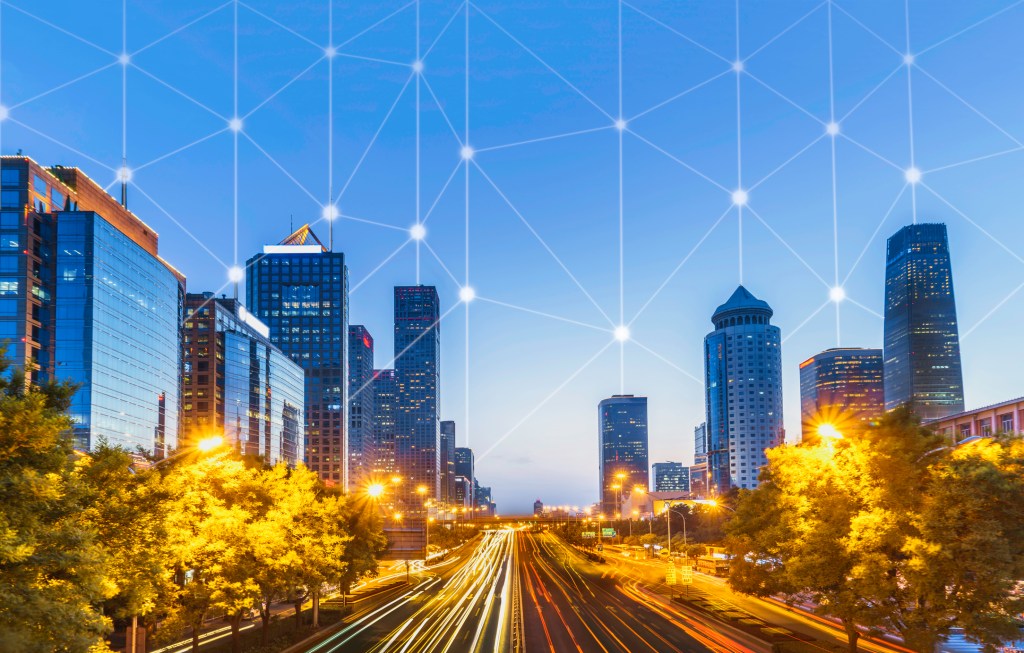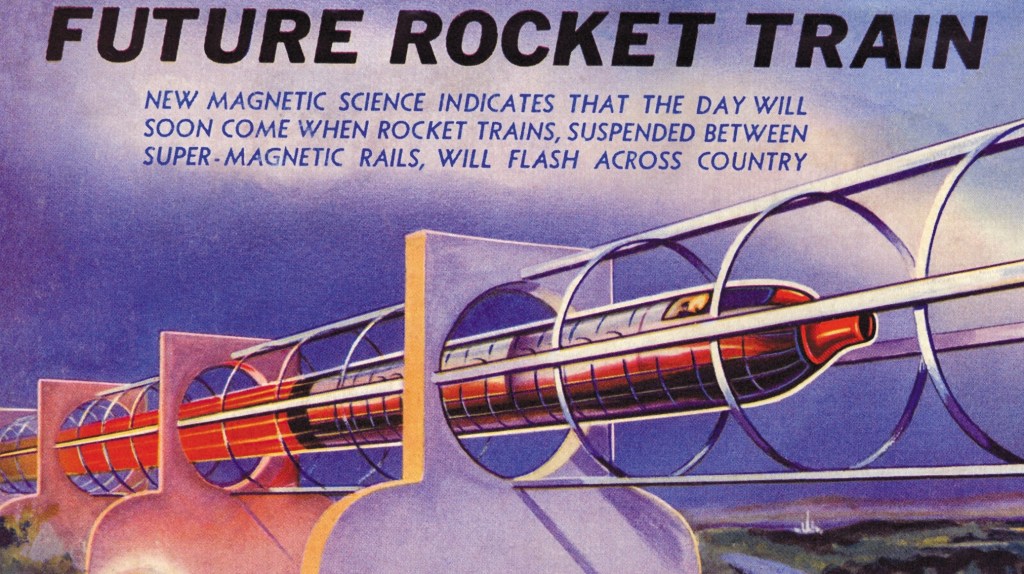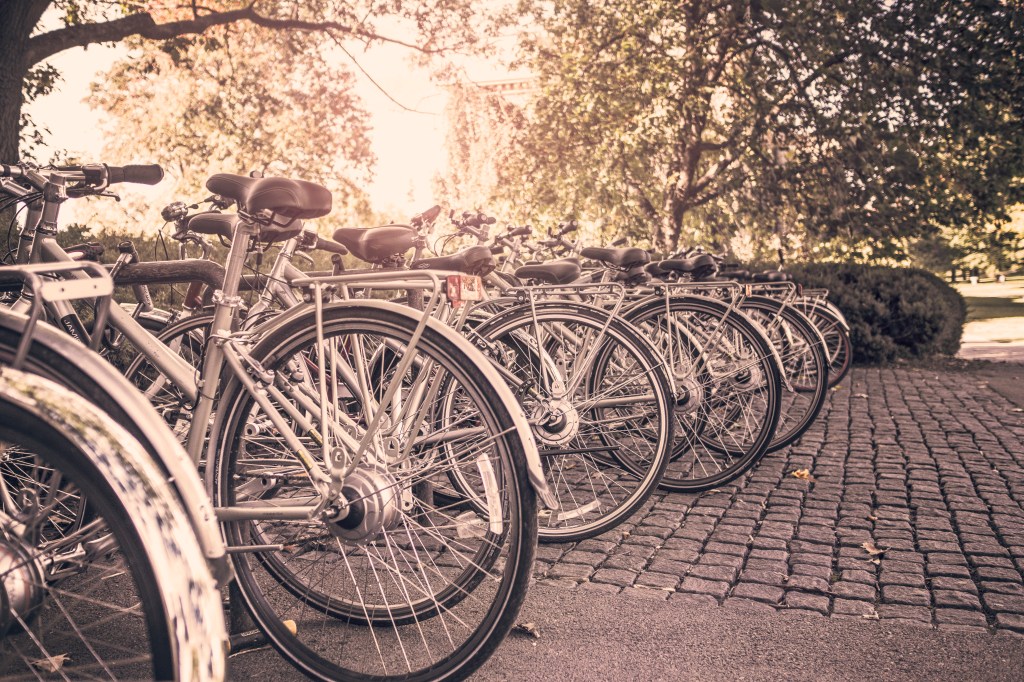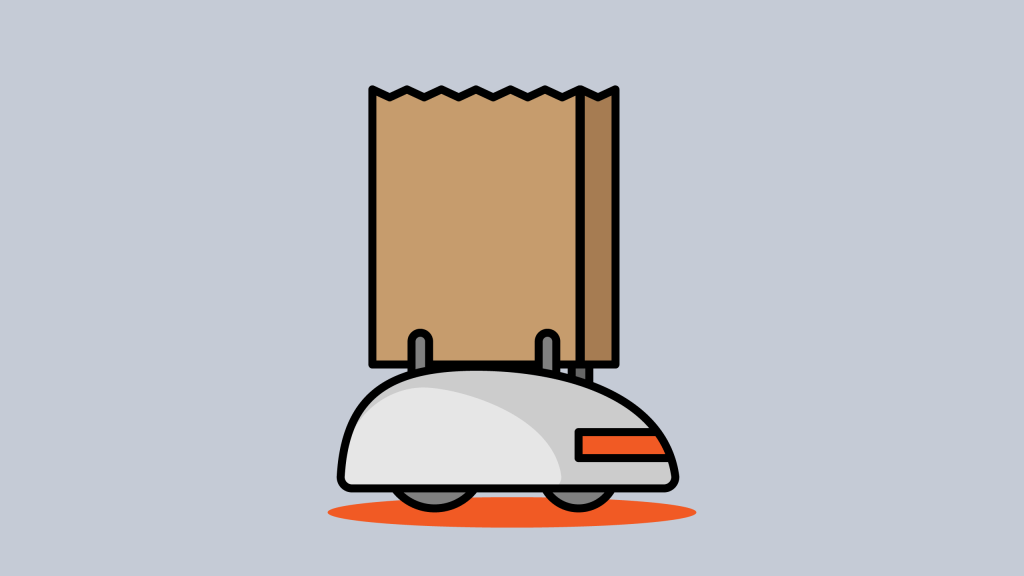With autonomous vehicles it’s not about the journey, it’s about the destination

Elon Musk recently started a flame war on Twitter with the urban planning and mass transit community by stating “public transportation sucks”: the underlying assumption that, in the future, individual transit would be the only transportation solution with a good user experience (UX).
The mistake here is focusing on the UX of the person in the car. Unless the goal is to spend more time in the car, we should focus on the UX of being in cities and communities and let the UX of individualized transport follow.
Now, thanks to three parallel areas of development, we have the tools at our disposal which create potential for radical change in transportation — data about resources and demand, electric drivetrains, and Autonomous Vehicle (AV) systems– all of which can be used to dramatically transform the experience of living in cities.
We have a serious urban UX problem with cars in cities, and if we keep going the same direction as we have been, we are only going to make it worse. People may be comfortable in their autonomous boxes whizzing through cities, but for the streetscape, communities, and the experience of the person in the city who is not in the Autonomous Vehicle, life might get a lot ‘suckier’. We could end up accelerating and automating the worst parts of cities today creating faster traffic jams and more inhospitable, crowded, city streets.

Beijing Guomao CBD skyline sunset, night city
The secret to this problem has long been discussed in dark back rooms by transit nerds, it’s called VMT – Vehicle Miles Traveled. The theory goes like this: as AVs come online, they will be used more efficiently – today cars spend a mind-blowing 90% of their time parked. And they only travel about 10,000 miles a year. If we move to shared AVs that are cheap and easy to use – push button get robot chaufer – we may own fewer cars, but we will take more trips. So even if we cut the total number of cars by half, we will increase our use of them in cities many times over, and that means more cars on the road.
Unless you are a fan of sitting in traffic or having a stream of cars fly down your street, that means a terrible UX for the people not in cars – and a potentially a lousy experience sitting in heavier traffic in your personal AV.
The solution seems to be not the jack-of-all-trades/master-of-none “driverless car”, or even driverless cars on electric sleds like Arrivo or the Boring Company would like to see, but a transportation soup of various sized vehicles moving people and resources – with the goal of freeing up the shared public realm of the street for more human uses.
The key ingredients to this transportation soup are:
Smart mass transit for moving hoards of people across town. Nothing can move the numbers of people as quickly as a well run mass transit system. Now, with new data about demand and transit status, good communications, and smart automation, mass transit could be a lot more effective.
And if it got its proper share of funding — compared with the inherent car subsidy, or a value capture of the real estate benefit it creates — we could see a rebirth of one of the work horses of urban transit. And far from being freaked out about who you are on the train with – transit riders know that riding mass transit, up close and personal with your fellow citizens, is one of the fundamental human experiences of living in a city.

(Photo by Buyenlarge/Getty Images)
Small vehicles for moving individuals short distances. Electric bikes and scooters have a huge potential to improve city streets, silently taking up a fraction of the space and energy of a full size car, and importantly getting people close to stores and each other as they travel. Riding on an electric, shared, dockless, Bird Scooter in Santa Monica, at almost every stop light people walked up to ask me directions or asked about the scooter.
The opportunity for interaction is key for community building. If I had been in a car with the windows up, there would be no interaction with anyone on the street. And yes, regular bikes are key, but we see shared electric, and maybe even autonomously self distributing bikes as a key to lowering the barrier to human scale vehicles.

Bringing resources closer to people to reduce the need for travel. Now this sounds far out, but it’s been happening for millennia, so bear with me. Cities have an unequal distribution of resources which is a primary driver of travel. From grocery stores, to libraries, playgrounds, to the DMV, and employment – some neighborhoods are wealthier than others and can walk to resources where people from other neighborhoods may have to spend much more of their time traveling to these resources.
Now instead of bring people to resources, we can flip it and bring resources to the people. Food trucks and weekend markets currently bring resources to areas without sufficient full-time demand. If we can use data and communication to aggregate demand, and bring resources to communities dynamically with AV technologies, then we can cut down on travel, and enrich communities at the same time.
This is already happening in an analog way in Boston, bringing City Hall to the people, and the MTA and USPS are similarly bringing mobile services to serve communities on demand. Imagine Instead of 20 people from Brownsville traveling to the DMV, if the DMV came to Brownsville when there was demand, we could eliminate 19 trips and support the community by driving local business and local interactions.

Shared AVs for filling in the gaps. Yes, of course driverless cars have a spot in the future, a prominent one, but they need to be used to fill the gaps, not as the go-to, primary transportation method. If we passed on the true cost of car travel to shared AVs, including road use and maintenance, curb access, etc, we might give the other modes a fighting chance.
This isn’t actually about improving transportation, it’s about improving cities and the experience in living in them. It’s about strengthening communities and expanding their access to resources. ⅓ of cites are dedicated to cars. 200 square miles of LA is dedicated to just parking them.
Companies like Gensler and Studio Schwitalla among others are rethinking how we can repurpose this space, and even make it dynamic and reconfigurable, adding parks, housing, dynamic public resources, and more human pursuits. Fundamentally rethinking what living in a city might be like, focusing on the reasons we live in cities, not just the way we move around them.